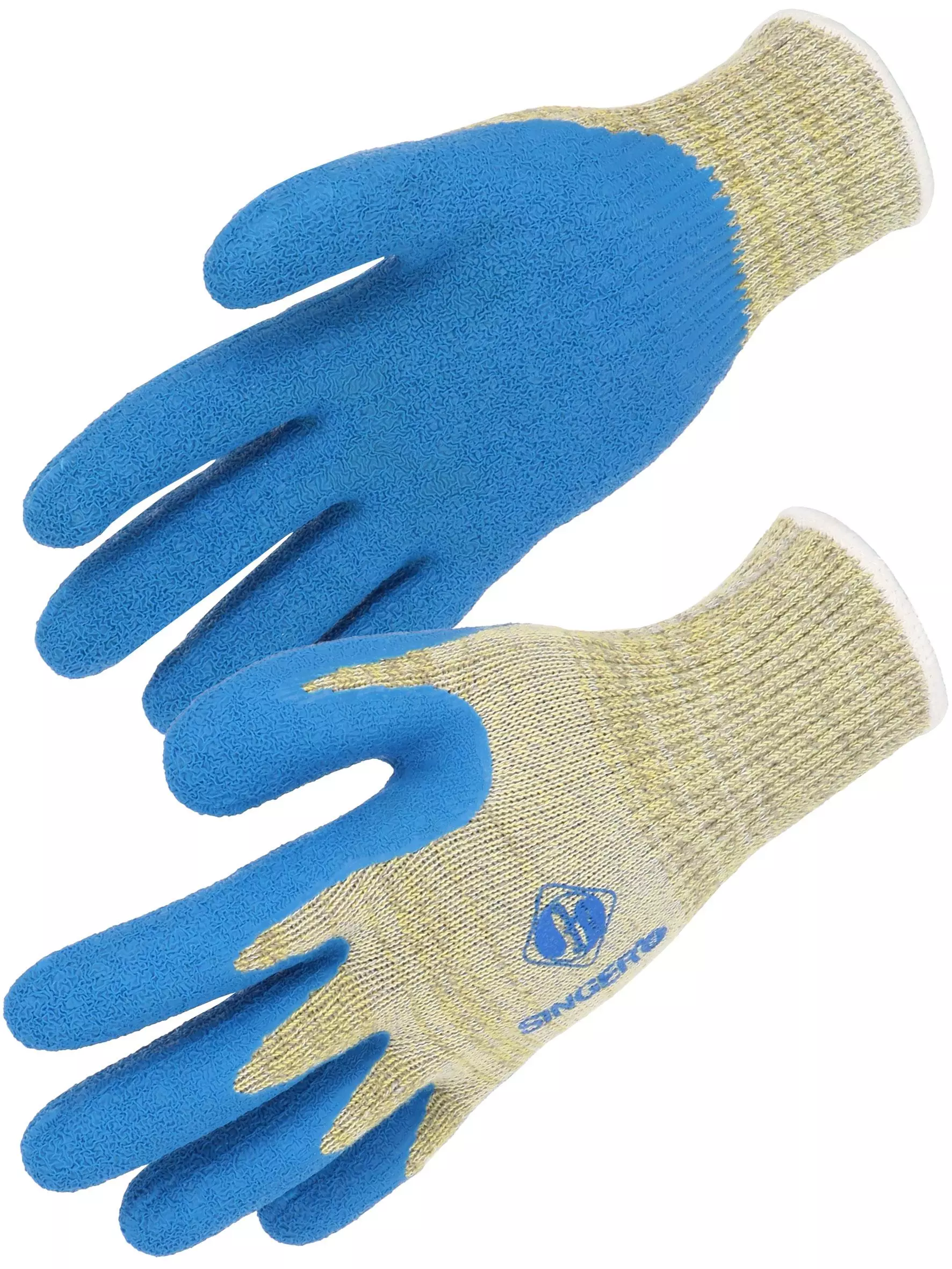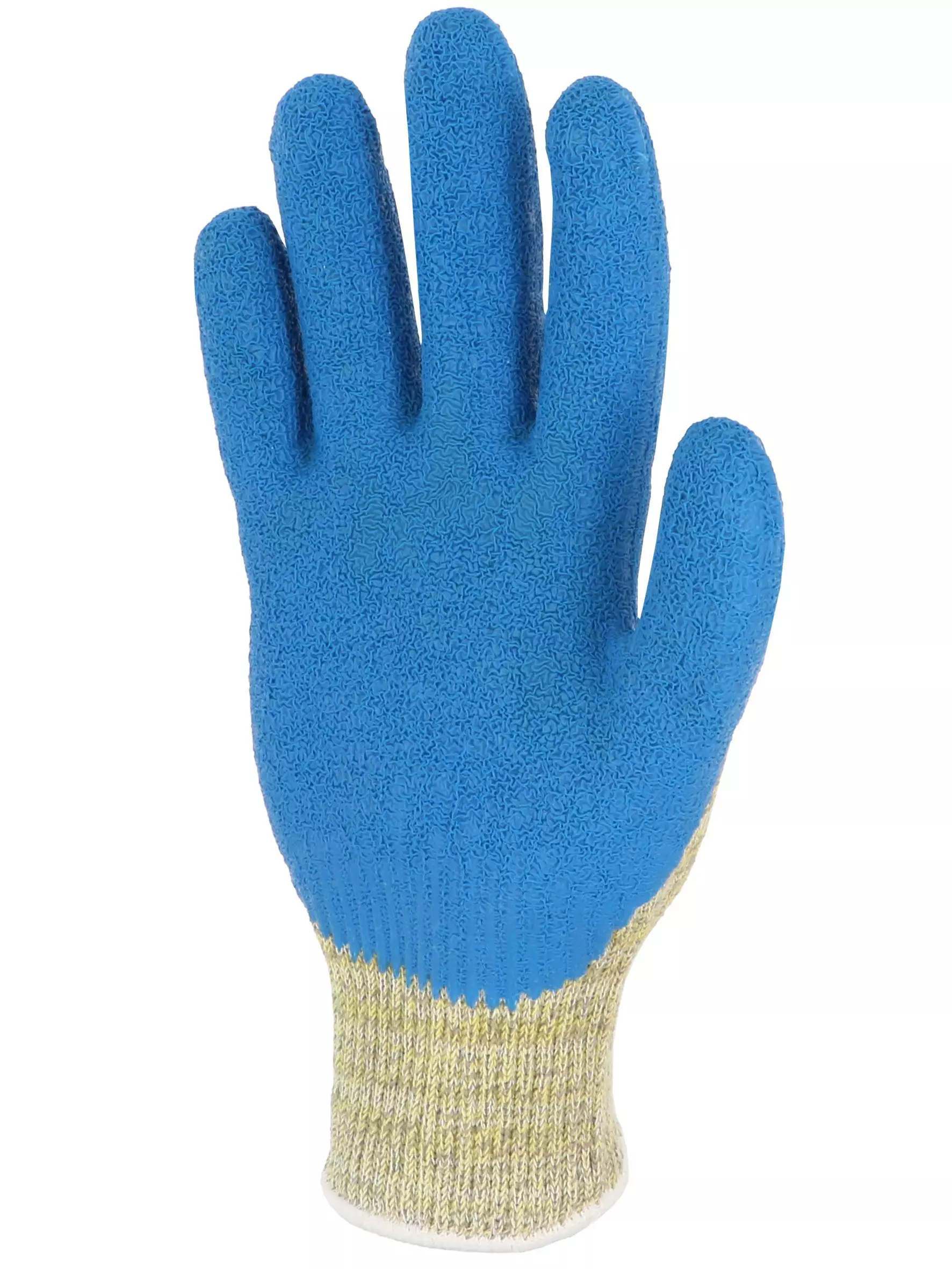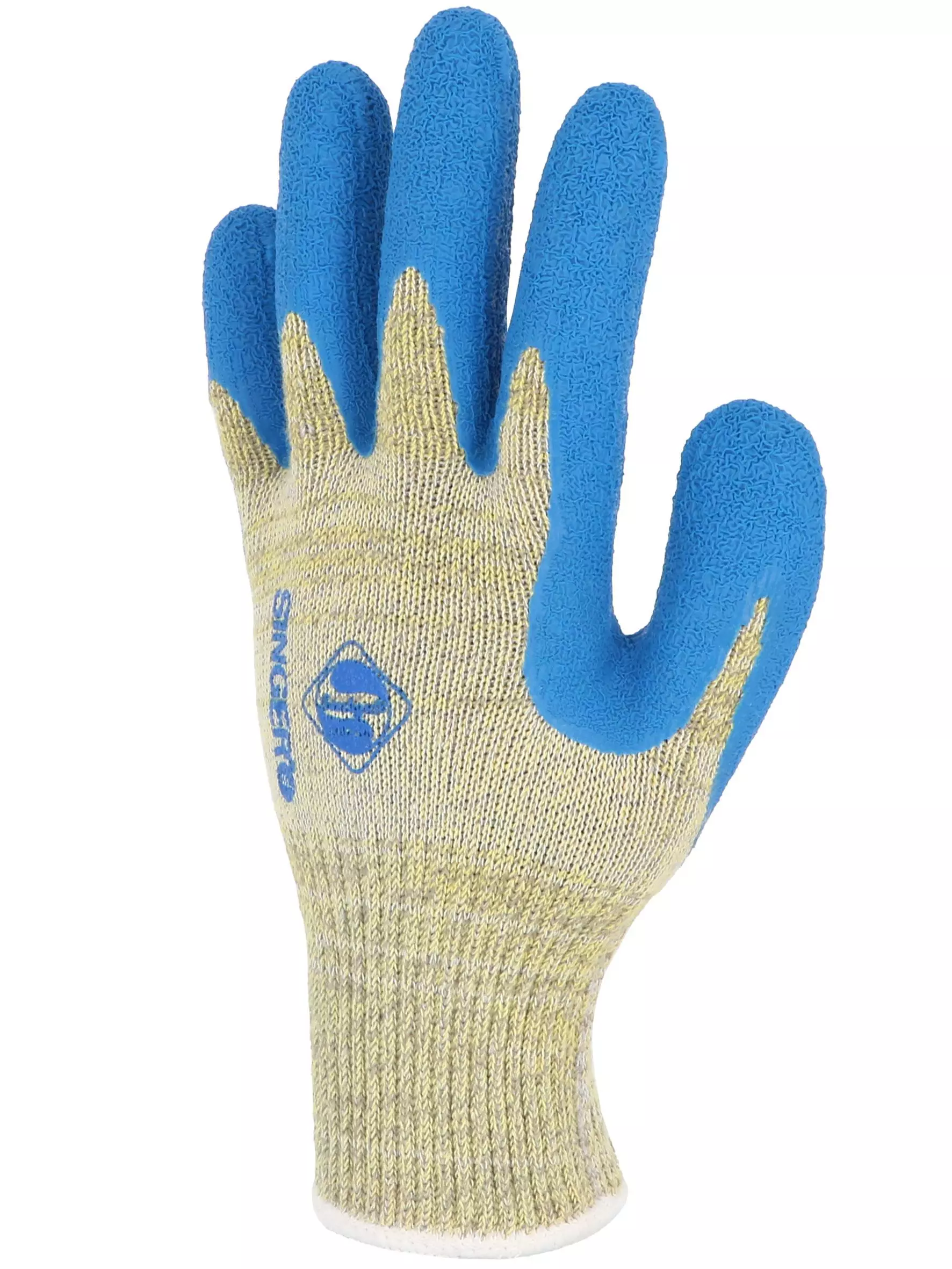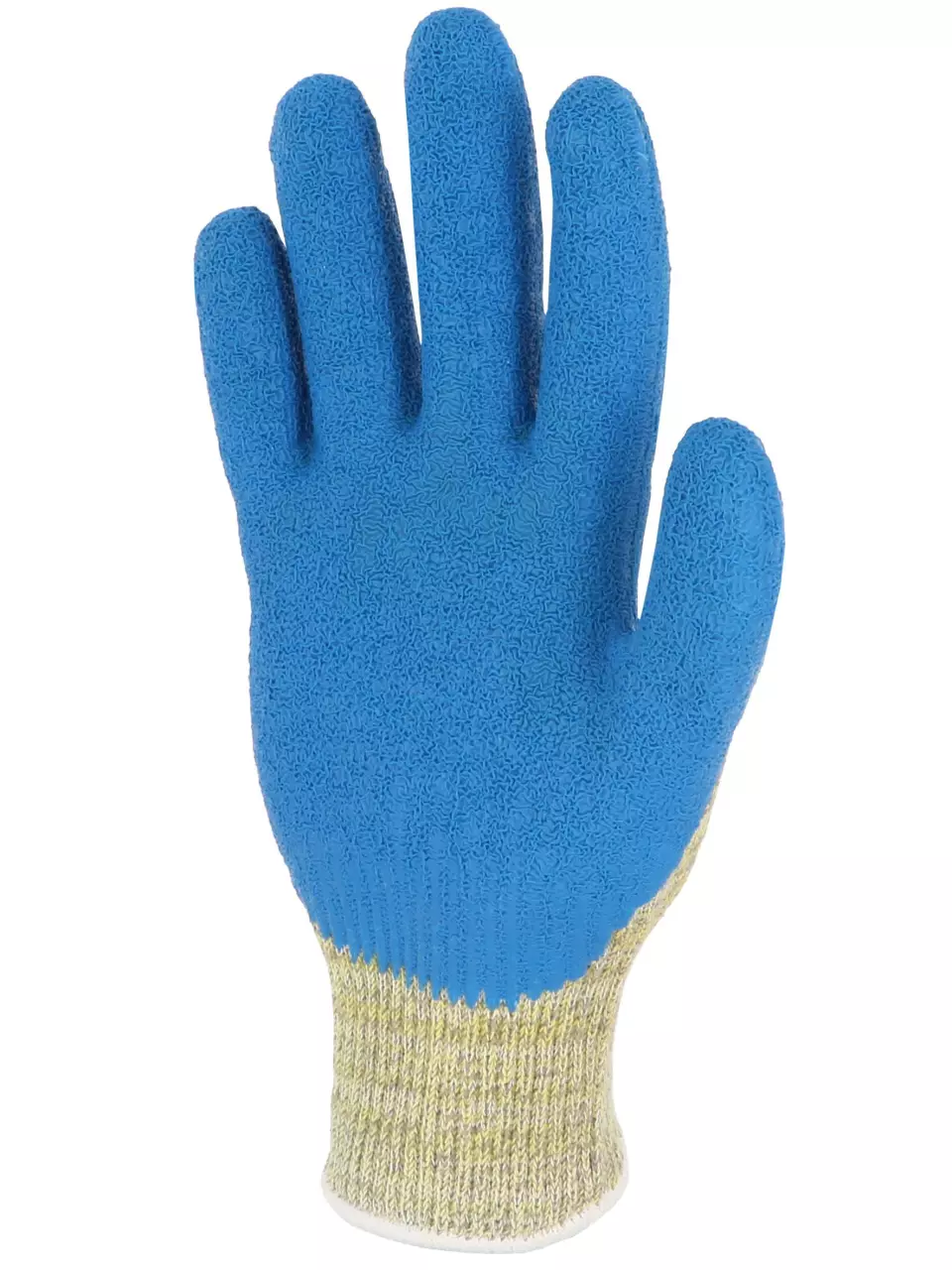


Features You'll Love

Cuff Style · Elastic
Determines how the glove secures around the wrist, affecting fit, comfort, and protection coverage at the wrist area.

Grip Finish · Crinkle
Coating Coverage · Palm And Finger
The surface texture or coating on the palm and fingers that determines how securely you can grip objects while wearing the gloves.
Indicates which areas of the glove have protective coating applied, affecting grip, protection, and dexterity in different parts of the hand.
Singer Safety
Cut Resistant Gloves, 10 pairs
Cut Resistant Gloves, 10 pairs
4.6 / 5
100,35 €
Price per 10 pairs
10,04 € / pair
Choose size
Free delivery
Features You'll Love

Cuff Style · Elastic
Determines how the glove secures around the wrist, affecting fit, comfort, and protection coverage at the wrist area.

Grip Finish · Crinkle
Coating Coverage · Palm And Finger
The surface texture or coating on the palm and fingers that determines how securely you can grip objects while wearing the gloves.
Indicates which areas of the glove have protective coating applied, affecting grip, protection, and dexterity in different parts of the hand.
Product description
These high-performance protective gloves feature a seamless knitted liner made of aramid fibers, steel fibers, and synthetic fibers, providing exceptional cut resistance at TDM level E. The crinkle latex coating on the palm offers excellent grip while maintaining dexterity, and the ventilated back design enhances comfort during extended wear. Certified to EN 388:2016+A1:2018 (4X43E) and EN 407:2020 (X2XXXX) standards, these gloves deliver reliable protection for demanding industrial applications.
Product Features:
- Seamless knitted construction eliminates irritation and provides superior comfort
- TDM level E cut resistance for maximum protection against cutting hazards
- Crinkle latex palm coating enhances grip and tactile sensitivity
- Ventilated back design improves breathability during extended wear
- Antibacterial Sanitized® treatment for improved hygiene
Technical Details:
- Liner composition: aramid fibers, steel fibers and synthetic fibers
- Gauge: 10
- Elastic knit wrist with piping for secure fit
- Palm-only coating allows for better ventilation
- Complies with European Regulation (EU) 2016/425 on PPE, Category II
Recommended Applications:
- Heavy industry operations
- Light manufacturing environments
- Maintenance and repair work
Standards:
- EN 388:2016+A1:2018 (4X43E) for mechanical risks
- EN 407:2020 (X2XXXX) for thermal risks
- ISO 9001/14001 certified production
EAN: 3660514228238, 3660514228245, 3660514072466, 3660514072473, 3660514072497, 3660514072503, 3660514072527, 3660514072534, 3660514093102, 3660514093119